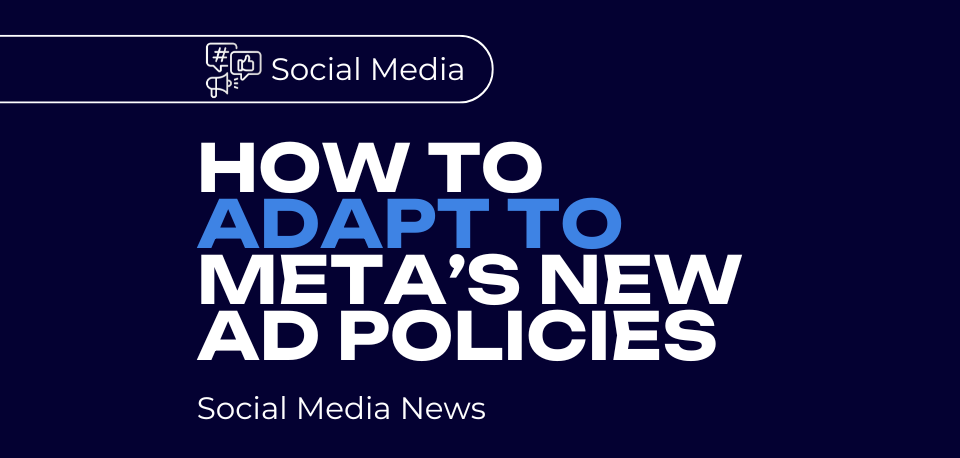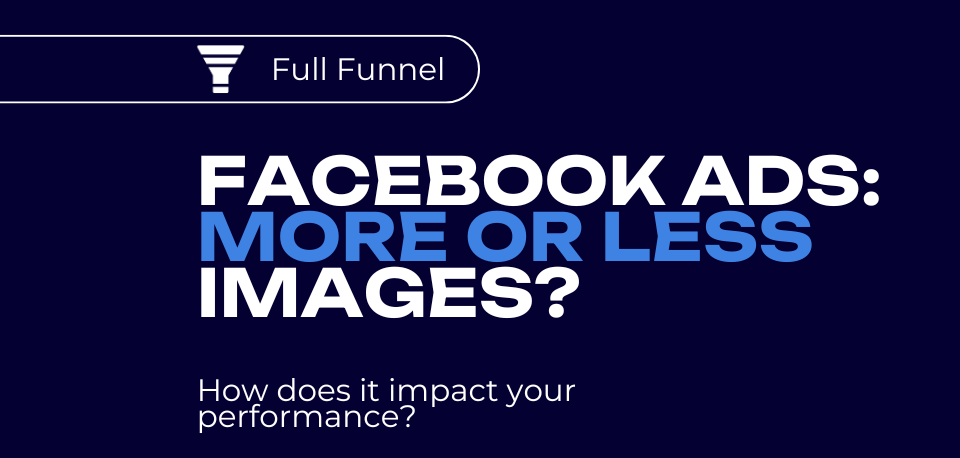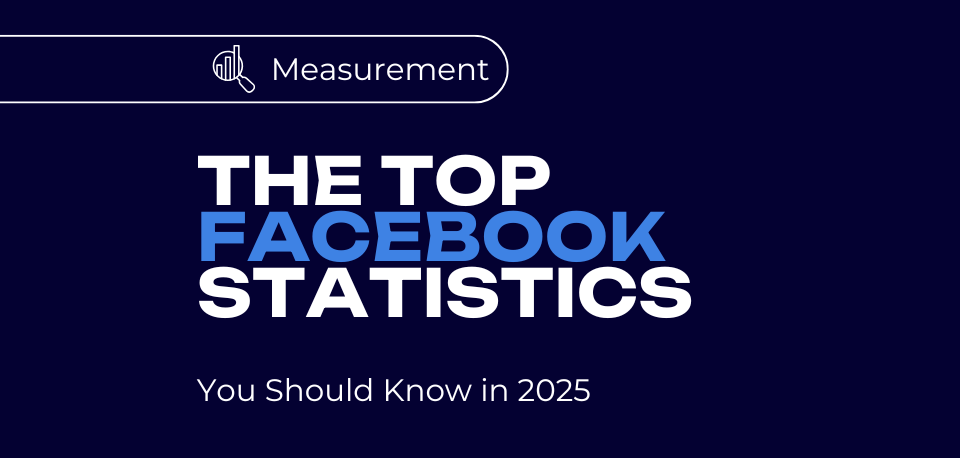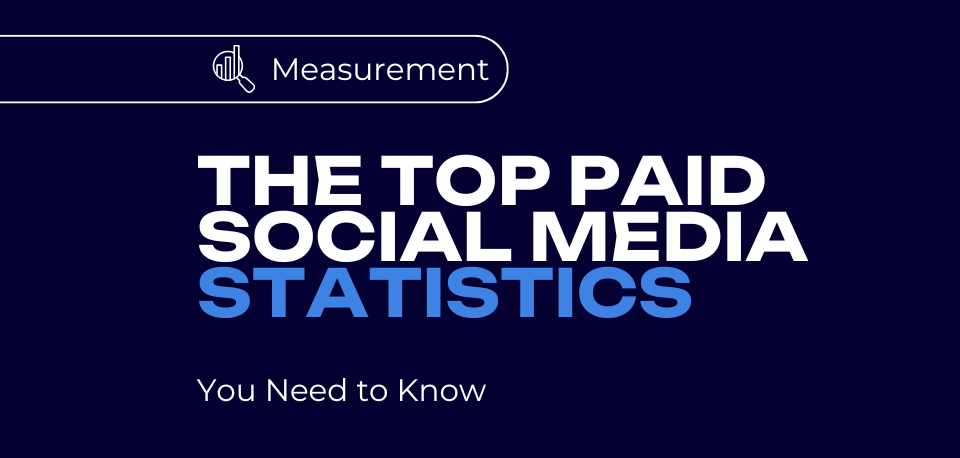How to run a geo lift test on your paid social campaigns.
When diving into the realm of paid social advertising, understanding and implementing a geo lift test becomes crucial for enhancing the effectiveness of your ad campaigns. A geo lift test, at its core, is a strategic method used to measure the true impact of your advertising efforts by comparing the performance between different geographical regions. One area will receive the ad (treated group), and the other will not (control group). This comparison helps in isolating and understanding the incremental impact – often referred to as ‘lift’ – that your advertising has on key performance metrics such as sales or web traffic within a specific region.
The significance of this approach lies in its capacity to provide clear, actionable insights that are devoid of external market variabilities that could affect the data. By implementing geo lift tests, you are granted the benefits of optimizing your ad campaigns based on solid, empirical evidence. This approach allows you to fine-tune your marketing strategies, allocate budgets more efficiently, and ultimately maximize the return on your advertising spend. It addresses the core need of every marketer to prove and improve the effectiveness of their advertising efforts continuously. Thus, embracing geo lift tests can lead to better-targeted ads, improved customer engagement, and an overall boost in campaign performance.
Content
Understanding Geo Lift Testing
To effectively harness the potential of geo lift testing in your marketing strategy, it is crucial to familiarize yourself with several key terms central to the process. Control groups consists of the demographic or geographic section of your target market that is not exposed to the specific campaign you are testing. Conversely, the treatment group involves the segment that receives the campaign. The difference in response between these groups, often referred to as lift measurement, quantifies the direct impact of your advertising efforts on your audience.
Geo lift testing stands distinct from other advertisement testing methodologies primarily because it focuses on comparing geographical segments against each other rather than individuals or smaller, randomized groups. This method allows for a broader analysis of market-specific variables and minimizes external impacts that could skew results. While other testing methods like A/B testing split audiences randomly regardless of their location, geo lift testing leverages locational insights, thus acknowledging and exploiting regional differences and similarities. This can be particularly useful for campaigns where the regional appeal and relevance of content might significantly influence its effectiveness. Through geo lift testing, you are not just testing an ad but understanding how geographic factors interact with your advertising, providing a richer, more nuanced perspective on campaign performance.
Setting Your Objectives
Before diving into a geo lift test, you must clearly define what you want to achieve. Setting clear and measurable objectives is crucial as it directs all subsequent steps and decision-making in the test. Start by articulating what success looks like for your specific scenario. Is your primary aim to increase brand awareness, boost product sales, or perhaps improve foot traffic to local stores? Each goal demands distinct approaches and metrics for evaluation.
Aligning these objectives with your overall business goals is also essential. If your business goal is to expand market share, your geo lift test should focus on regions with potential for growth and measure outcomes accordingly. On the other hand, if the goal is to increase engagement, you might look at metrics such as time spent on site or interaction rates within the treatment regions. Always ensure that the objectives of your geo lift test do not exist in isolation but are integrated with broader company ambitions. This coherence not only reinforces the strategic direction but also enhances the relevance of your findings and the value they contribute to your business insights.
By maintaining this focus, you can tailor your advertising strategies in your test and control regions more effectively, thereby gaining deeper insights into the causal impact of your ad campaigns on your business outcomes.
Selecting Your Test and Control Regions
When planning a geo lift test, the selection of your test and control regions is critical to the success of your social media campaigns. You must choose geographical areas that are comparable in several key aspects to ensure valid and reliable results. First, the demographics of the test and control groups should be similar; this includes factors like age, income levels, and social interests which help in minimizing external variations that could skew the results. Second, consider the market saturation and historical advertising impacts in those areas. Regions with similar market dynamics and consumer behavior towards social advertising ensure a level playing field.
Additionally, it is important to assess the economic stability of the regions to avoid any discrepancies caused by external economic factors. Another criterion is the average media consumption behavior in the regions; again, the objective is to ensure that differences in campaign outcomes are due to the campaign variables not externalities. Lastly, connectivity and digital engagement levels should also be considered as they could significantly affect the exposure and interaction with the ads.
By meticulously selecting your test and control regions based on these criteria, you create a robust framework for your geo lift test that will aid in accurately measuring how geographic-specific advertising can uplift your business results. This strategic selection is fundamental not merely for the validity of the test results but for leveraging insights that will fuel optimal strategic decisions in future campaigns.
Planning Your Campaign Structure
When structuring social media campaigns for a geo lift test, it’s essential that you maintain a level of consistency across both control and treatment regions to ensure that any differences in performance are attributable solely to the advertising impact, not variances in campaign execution. Start by mirroring key elements of your campaign such as creative materials, posting schedule, and targeted demographics. Consistency in these areas helps isolate the variable you are testing—the geographic impact.
In terms of campaign elements, ensure each ad creative resonates well with the local audience but maintains the core message across all regions.
Next, segmentation in ad delivery should be carefully configured. Use a demographic filter that defines your ideal customer profile but apply this uniformly across all test and control groups. This can involve age, gender, interests, or other relevant characteristics.
By structuring your campaign this way, you are setting up a robust framework that ensures any differences in campaign performance are driven by the geographical variable rather than disparities in how the campaigns are configured or executed.
Remember, the accuracy of your geo lift test results depends significantly on how similarly the campaigns are conducted in diverse regions. This attention to detail in planning and executing the campaign structure will contribute substantially to the integrity and reliability of your test outcomes, enabling more confident decisions in strategic advertising and marketing adjustments.
Setting Up Tracking and Measurement
To accurately gauge the impact of your geo lift test, setting up thorough tracking and measurement is essential. You’ll start by integrating tracking codes across all your advertising materials. These codes are crucial as they help in collecting data on user interactions and engagement with your ads in both the control and test regions. For precise tracking, ensure that these codes are correctly implemented on all relevant pages and that they are functioning as intended before you launch the campaign.
Next, familiarize yourself with analytics tools and software that are instrumental in parsing through the data collected. Platforms like Google Analytics, Adobe Analytics, or specialized social media analytics tools can provide deep insights into user behavior and the performance of your ad campaigns. Make use of the specific features these platforms offer, such as conversion tracking, custom segments, and detailed reporting, to ensure you’re capturing all relevant data points.
Further, establish a robust dashboard or reporting system that allows you to monitor key performance indicators (KPIs) in real time. This should include metrics such as click-through rates, engagement rates, conversion rates, and any custom metrics specific to your test objectives. Being able to access real-time data will enable you to make agile decisions during the test period and quickly address any anomalies that might skew your results.
Lastly, ensure that the process for collecting, storing, and analyzing data adheres to all relevant data privacy regulations and guidelines. With these steps in place, you’ll have a strong foundation to accurately assess the impact of your geo lift test and derive actionable insights that can drive your advertising strategy forward.
Launching the Test
To effectively launch your geo lift test on your chosen social platforms, begin by ensuring that all elements of your campaign, including visuals, messaging, and targeting criteria, are flawlessly set up in both your control and test regions. It’s crucial to maintain consistent campaign parameters across these regions to isolate the impact of the geographical differences on campaign performance. Begin by publishing the campaign simultaneously in all selected regions to avoid time-related disparities impacting your data.
Once your campaign is active, closely monitor the initial stages to verify that delivery is occurring as planned. Check that your ads are reaching the intended audience segments and that impression delivery is uniform across different areas. Utilize the real-time analytics features of your social media platforms to track engagement metrics and other key performance indicators (KPIs). This early monitoring helps you catch any discrepancies or issues that could skew your results early in the process.
Additionally, maintaining an open channel with your digital advertising team is vital during the launch. This ensures any adjustments needed can be applied swiftly and effectively. Regular check-ins during the first few days post-launch can help address any unforeseen challenges that arise, ensuring the integrity of your geo lift test. This proactive approach not only safeguards the test’s validity but also enhances your ability to draw meaningful insights from your campaign’s performance data.
Analyzing the Data
After you’ve conducted your geo lift test in your target social media campaigns, it’s crucial to dive into the data to gauge its effectiveness. Begin by consolidating all the relevant data collected from both the control and test regions. Pay close attention to key performance indicators (KPIs), such as engagement rates, conversion rates, and return on ad spend (ROAS), as these will provide direct insights into the impact of your test.
Here’s a step-by-step guide to help you analyze the data effectively:
– Compile and Cleanse Data: Ensure that the data from both control and treatment groups is complete and cleaned of any discrepancies or outliers that might skew results.
– Measure the Lift: Calculate the difference in performance metrics between the test region and the control region. This ‘lift’ represents the actual impact of your targeted advertising efforts.
– Statistical Significance: Use statistical tests to determine whether the observed differences are significant or just due to random chance. Tools like t-tests or ANOVA can be useful here, depending on your experimental design.
– Visual Representation: Create visual representations such as graphs and charts to compare the performance across different metrics. Visual aids can help in quickly spotting trends and making comparative analyses easier.
– Deep Dive into Segments: Analyze the data at a granular level to understand which segments (e.g., age, gender, location specifics) responded best to the campaign enhancements.
– Contextual Analysis: Consider external factors that could have influenced the results, such as seasonality, competitive activity, or market changes, to ensure your interpretations of the data are as accurate as possible.
Through careful analysis, you’ll be able to determine not just the overall effectiveness of your campaign, but also which elements specifically drove performance improvements. This in-depth interpretation will guide your future marketing strategies to not only replicate successful tactics but also refine and optimize ongoing campaigns. Remember, the goal of analyzing the data is not just to see what happened, but to understand why it happened and how it can inform future marketing efforts.
Making Informed Decisions
Making informed decisions from the results of your geo lift test involves a strategic approach to understand and apply the data effectively to optimize your marketing campaigns. Once you’ve gathered and analyzed your results, the real work begins: translating this data into actionable marketing strategies. Examine the performance metrics critically—look at which regions demonstrated the highest lift and understand the variables contributing to this performance. It’s crucial to not just focus on the “what” but delve into the “why.” Was the lift due to the product appeal in that particular region, or was it influenced by external factors such as seasonal demand?
Use these insights to adjust the targeting, messaging, and budget allocation of your ad campaigns. For instance, if certain messages or visuals resonated more in one region than another, consider customizing your advertisements to align more closely with local preferences and cultural nuances in your future campaigns. Moreover, if the test results show that the overall campaign impact was marginal, look into optimizing your ad spend or even revising your campaign objectives.
To enhance ROI, systematically test variations of the successful elements identified in your initial geo lift test across other similar regions. This iterative testing process not only helps in fine-tuning your marketing approach but also aids in identifying the most consistent and replicable elements that contribute to campaign success. Always document these findings and adjustments meticulously, as they will serve as valuable references for future campaigns and decision-making processes. Remember, the ultimate goal is to use these insights not just to replicate success, but to build on it, continually evolving your strategy based on solid, data-driven decisions.
Scaling Successful Strategies
When you’ve validated your advertising approach through a geo lift test and identified strategies that notably enhance your campaign’s performance, the next critical step is to scale these successful elements across broader markets. To effectively expand your reach while maintaining the integrity of the tested improvements, it’s imperative to methodically replicate the same conditions that led to success in your initial test regions.
– Replicate Winning Strategies: Start by identifying which specific components—be it creative elements, audience targeting, or messaging—contributed most to the uplift in the test regions. Ensure these are consistently applied as you broaden your campaign’s footprint.
– Monitor Adjustments & Context Sensitivity: Understand that different markets may react differently even to proven strategies. Carefully monitor how these strategies perform in new regions and be ready to make small adjustments accounting for local preferences or cultural differences.
– Incremental Roll-outs: Rather than a blanket application, consider an incremental roll-out strategy. This allows you to test the water in new areas without fully committing all resources upfront. This staged approach helps in mitigating risks and adjusting based on early feedback from each new market.
– Continuous Testing and Refinement: Expansion doesn’t mean the end of testing. Continuous A/B testing in new areas provides data on ongoing performance, ensuring the campaign remains optimized across all regions. This is vital for adapting to changing consumer behaviors and market dynamics.
– Use Scalable Tools and Platforms: Leverage platforms and tools that can handle increased workload and data from wider geographic coverage. This ensures that the scalability of your operational tools aligns with your marketing efforts.
Scaling successful strategies based on your geo lift test findings requires careful planning and execution. By mirroring the winning elements and maintaining an agile approach, you can maximize outreach and impact across diverse markets, ensuring sustained growth and relevance of your advertising campaigns.
Conclusion
As you journey through the multifaceted realm of paid social advertising, deploying tools like geo lift tests can significantly enhance the precision and effectiveness of your campaigns. Throughout this guide, you’ve been equipped with a comprehensive understanding of what geo lift tests are and how their strategic implementation can lead to more informed, data-driven decisions that amplify your advertising returns.
– Recap of Key Insights: Initially, you’ve learned about the significance and foundational concepts of geo lift testing, such as the control group, treatment group, and lift measurement. Understanding these terms is crucial as they form the basis of executing any successful geo lift test.
– Alignment with Business Objectives: Setting clear and measurable objectives has been underscored as a pivotal step. The ability to align these objectives with your overarching business goals ensures that the geo lift test not only pertains to improving immediate campaign performance but also contributes to longer-term business strategies.
– Selection of Geographic Areas: Choosing the right test and control regions is not a trivial task; it determines the validity of your test results. The criteria provided have helped ensure you select regions that provide reliable, actionable data.
– Campaign Structure and Consistency: You’ve planned your campaign structure to maintain consistency across varied regions, which is vital in minimizing external variables that could skew the test results.
– Tracking and Analytical Tools: With the right tools and software in place to track the effectiveness of your campaigns, you’ve set a solid foundation for accurate measurement and data collection, which in turn, facilitates a robust analysis of the test results.
– Execution and Monitoring: Effective launching and vigilant monitoring of the geo lift test have been essential practices that help maintain the integrity of your test’s initial stages.
– Data Interpretation and Decision Making: Analyzing the data with a keen eye on key performance indicators allows you to draw meaningful insights that can drive strategic decisions. This stage is critical in understanding what adjustments should be made to optimize the ongoing and future ad campaigns.
– Scaling and Refinement: Finally, leveraging the successes of your test by scaling proven strategies across other markets ensures that your advertising efforts are not just one-off wins but are part of a sustainable practice of improvement and expansion.












